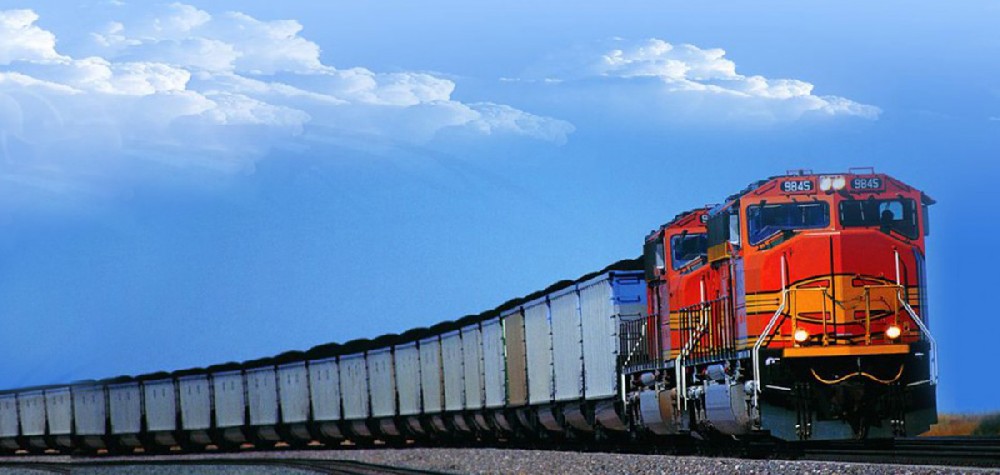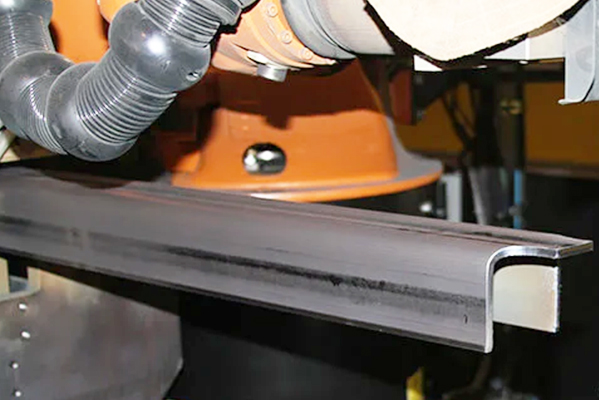Navigation Menu
Contact Us
- Email:
- info@wxavatar.com
- Address:
- Yurong Village, Yuqi Street, Huishan District, Wuxi, China.
Release Date:Jul 10, 2025 Visit:22 Source:Roll Forming Machine Factory
When it comes to manufacturing railcars, the equipment used can vary significantly depending on the specific type of railcar being produced and the scale of operations. While some core processes remain consistent, specialized tools and machinery are often employed to address the unique demands of different railcar designs.

Passenger Railcar Manufacturing
Building passenger railcars, such as high-speed trains or subway cars, often requires a higher degree of precision and automation. Manufacturers in this sector typically utilize advanced robotic welding systems to ensure structural integrity and a smooth finish, crucial for passenger comfort and safety. Equipment for interior outfitting is also highly specialized, including sophisticated machinery for cutting and shaping various materials like composites and lightweight metals for seating, paneling, and amenities. Dust-controlled environments and specialized painting booths are common to achieve the aesthetic quality expected in passenger vehicles. Testing equipment is also more extensive, incorporating sophisticated diagnostic tools to assess ride quality, noise levels, and complex electronic systems.
Freight Railcar Manufacturing
In contrast, freight railcar manufacturing often emphasizes robustness and efficiency in production. While automated welding is still prevalent, manual welding may be more common for certain heavy-duty components. The equipment used for forming and shaping thick steel plates, such as powerful presses and rolling machines, is central to this process. Large-scale jigs and fixtures are employed to hold massive components in place during assembly. Material handling equipment like overhead cranes and heavy-duty forklifts are essential for moving bulky parts. Testing in freight railcar manufacturing focuses on structural strength, load-bearing capacity, and braking systems, often involving large-scale impact and stress testing apparatus.
Specialized Railcar Production
For highly specialized railcars, such as those used for transporting hazardous materials or oversized loads, the equipment differences become even more pronounced. For example, tank car manufacturers use specialized rolling and welding equipment to create cylindrical tanks, along with advanced leak detection systems. Flatcar production might involve custom jigs for assembling exceptionally long or wide platforms. These specialized applications often necessitate unique tooling and fabrication methods tailored to the specific design and regulatory requirements.
Scale of Operation and Customization
Beyond the type of railcar, the scale of a manufacturing operation also influences equipment choices. Larger manufacturers with high production volumes are more likely to invest in extensive automation, including fully automated assembly lines and robotic material handling. Smaller manufacturers or those specializing in custom railcar builds might rely more on versatile, multi-purpose machinery and skilled manual labor. The ability to customize equipment for specific projects is also a key factor, particularly for bespoke railcar designs that deviate from standard specifications.

In conclusion, while the fundamental goal of railcar manufacturing remains consistent – to produce safe and reliable rolling stock – the equipment employed varies significantly. These differences are driven by the specific demands of passenger versus freight transport, the unique requirements of specialized railcars, and the overall scale and customization needs of the manufacturing facility.